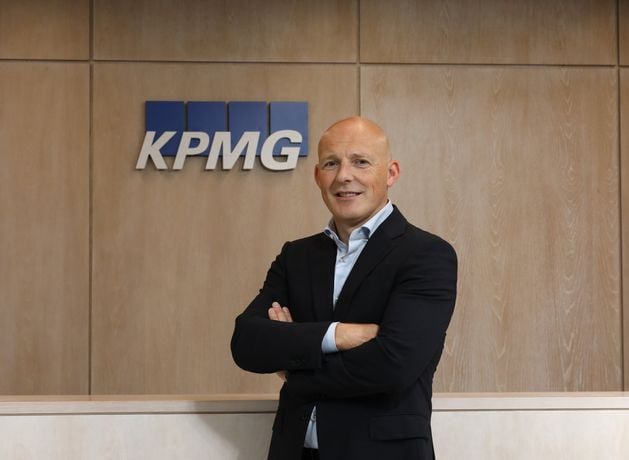It holds a mirror up to our largest firms, gives us insight into our most important sectors and takes the temperature of the economy as a whole.
The first impression this year’s list gives is that that the past year has been one where companies have been putting in a solid performance, managing to maintain turnover – the metric used to rank the list – in what could be described as a relatively challenging economic environment.
A standout performance using that metric is the largest company on that list, Pilgrim’s Europe, which extended its lead at the top and now becomes Northern Ireland’s first company to break the £2bn turnover mark. That’s quite an achievement when you consider it is one of only seven firms based on these shores with more than £1bn in annual turnover.
Digging a little deeper into the list and there’s good news when it comes to the most important metric of all, profit.
Collectively the Top 100 companies saw profits rise by more than a quarter year-on-year, a particularly impressive performance given the shaky geopolitical environment, rising wage bills and fragile consumer confidence. If the Top 100 was a company in its own right, the combination of rising profits and steady turnover would leave shareholders extremely happy.
While there is no doubt challenges remain, there are reasons for optimism in the economy in the future. That positivity comes from the fact Northern Ireland, uniquely, is positioned for growth on several fronts.
For instance, we have unfettered access to both the UK and European Union markets under the Windsor Framework. In a post-Brexit world, that ability to trade freely in two of the world’s biggest economies is hugely valuable and one which no other region can lay claim to. Looking further afield, being part of the UK customs territory may lead to advantages for Northern Irish businesses selling into the US market due to the US/UK Economic Prosperity Deal.
We also have the potential to cut corporation tax. The UK government has already sanctioned the devolution of corporation tax setting powers to Stormont, powers which if implemented would allow us to reduce the rate to 12.5%, on a par with the Republic of Ireland and well below the UK rate of 25%.
Other regions would be delighted to have just one of these levers at their disposal; we have several. Enacted properly (a crucial detail) they have the potential to supercharge the fortunes of many of the Top 100 and subsequently Northern Ireland’s economy.
Even the challenges over the last 12 months aren’t insurmountable.
Yes, companies face challenges in the labour market but we also have one of the best, most flexible education systems in the world, tuned in to the needs of business. Yes, we operate in a volatile geopolitical environment but our unfettered access to both EU and UK markets leaves us well insulated compared to other regions. And yes, consumers remain jittery, but inflation has fallen and interest rates have eased.
For businesses, there is much to be thankful for and much to be optimistic about.
So, as we look at the list of our largest companies we should congratulate them for a sterling performance in recent months, in particular the uplift in profit.
By making the most of the unique opportunities which Northern Ireland has at its feet, we can build on that success and allow the Top 100 and wider economy to shine.
Johnny Hanna is partner in charge, KPMG in Northern Ireland
The Top 100 edition of Ulster Business is out now and available online
